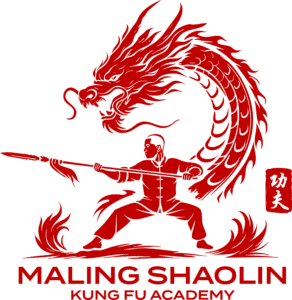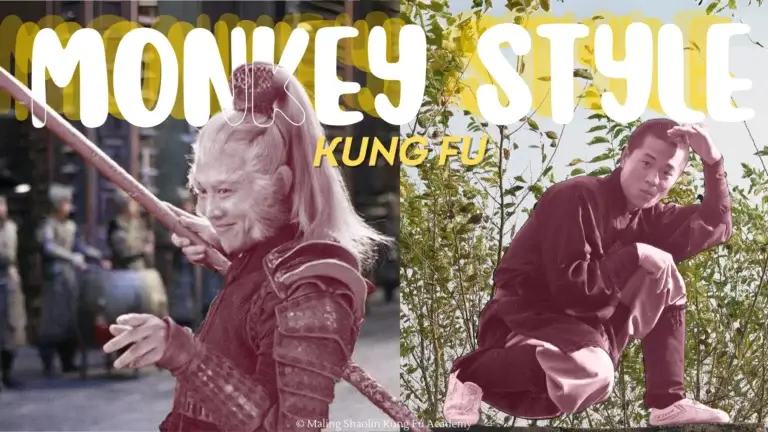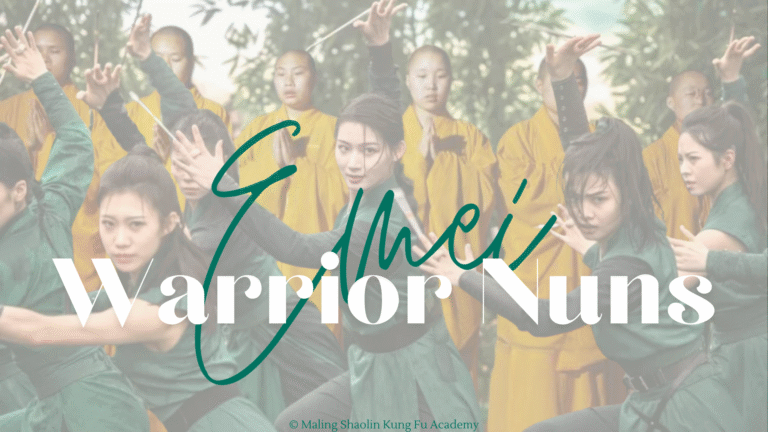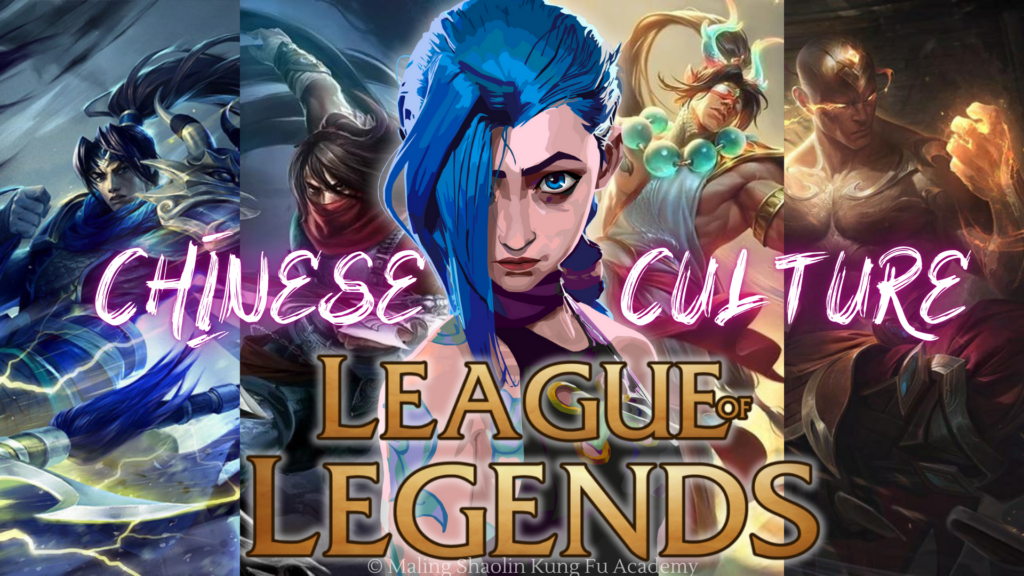
As League of Legends continues to expand its global reach, it’s evident that Chinese culture and martial arts have played a significant role in shaping the aesthetics, narratives, and design of the game. With Arcane season 2 on the horizon and the global excitement for the upcoming international championships, Worlds 2024, this is the perfect time to explore how Chinese literature, history, and martial arts have influenced League of Legends. From character backstories and champion designs to skins inspired by iconic Chinese legends, the influence is rich and deeply integrated.
Champions Inspired by Chinese Legends and Martial Arts
Several champions in League of Legends bear the unmistakable imprint of Chinese culture, particularly martial arts and literary classics. These champions not only borrow from aesthetics and fighting styles but also from deep-rooted Chinese philosophical and cultural themes.
1. Wukong – The Monkey King
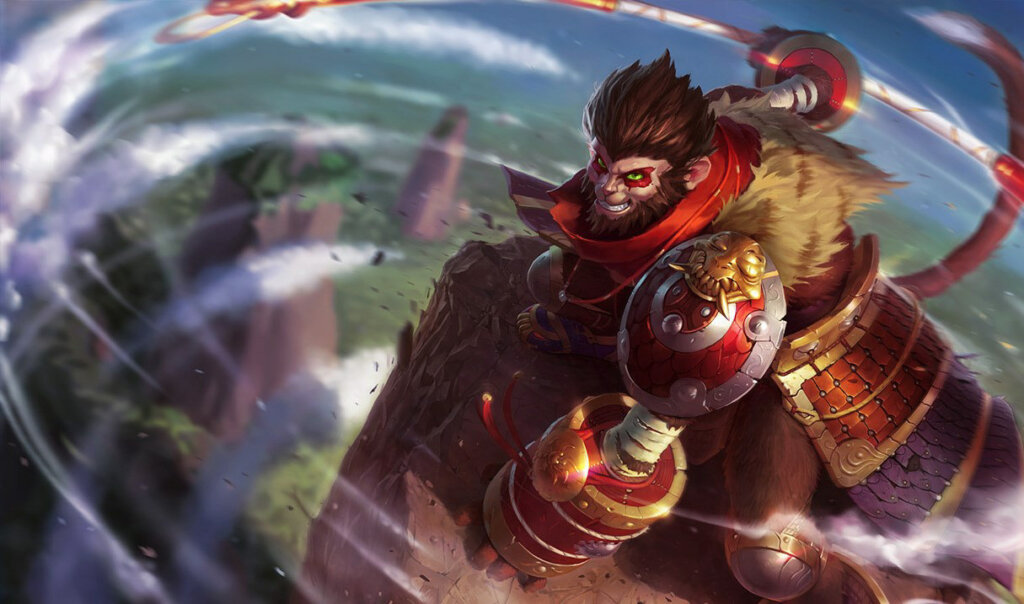
Wukong is one of the most direct references to Chinese mythology, modeled after the legendary character Sun Wukong from the classic Chinese novel Journey to the West. Sun Wukong, the mischievous Monkey King, is known for his incredible martial prowess, agility, and cunning. Like his mythological counterpart, League’s Wukong is a trickster and formidable fighter who uses his staff with finesse, an homage to Chinese martial arts staff forms (gun techniques). His ability to clone himself and outmaneuver enemies is a direct nod to the original legend, where Sun Wukong uses his magical abilities to outsmart gods and demons alike.
2. Xin Zhao – The Seneschal of Demacia
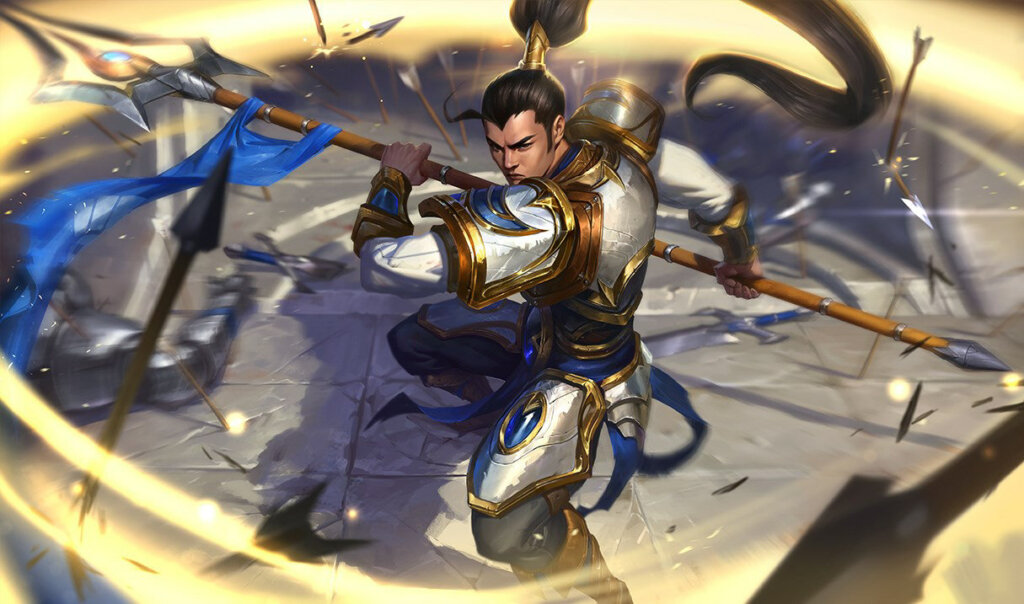
Xin Zhao draws heavily from Chinese history, particularly from the time of the ancient warrior class. His design is based on the iconic image of Chinese generals and soldiers from the Han and Tang dynasties. His weapon, a guan dao (a long polearm with a broad, curved blade), is a classic Chinese weapon often wielded by heroic generals in historical tales and martial arts films. In terms of personality, Xin Zhao’s stoic and honorable nature mirrors the Confucian ideals of loyalty and duty. As a protector of the Demacian royal family, Xin Zhao’s story evokes the loyalty of ancient Chinese military leaders who pledged their lives in service of the emperor.
3. Lee Sin – The Blind Monk
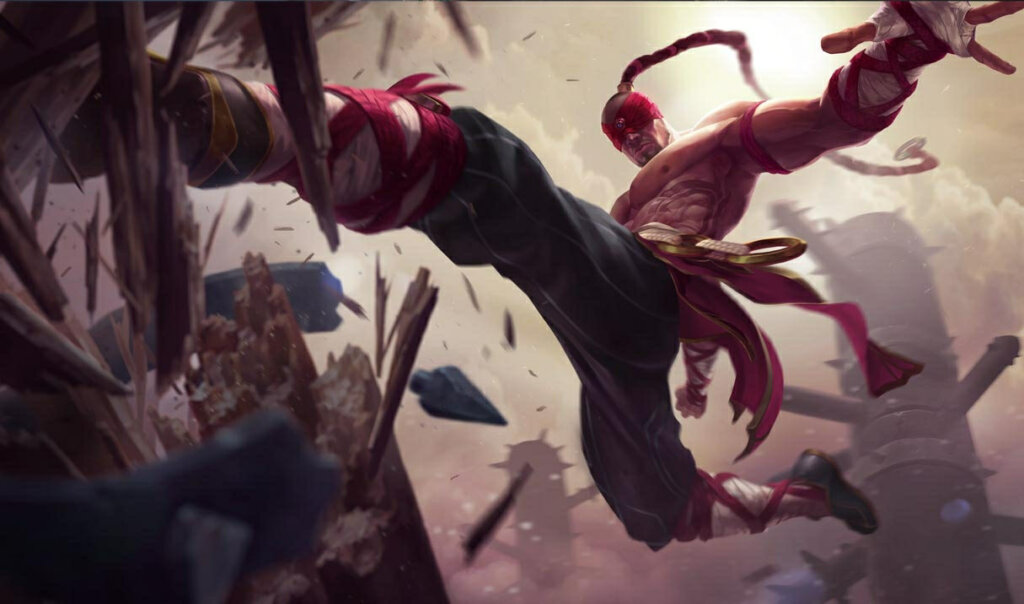
Lee Sin’s character is infused with martial arts tradition, especially drawing from Chinese Kung Fu and Shaolin monk archetypes. The martial arts practiced by Lee Sin—his precise kicks, his meditative moments, and his spiritual connection—are reminiscent of Shaolin monks who train in both the physical and spiritual aspects of Kung Fu. His blinding condition further adds to his martial philosophy, where inner vision and spiritual awareness replace physical sight, embodying the Taoist principle of inner balance and enlightenment.
Skins Inspired by Chinese Legends and Traditions
In addition to champions, League of Legends frequently introduces skins that celebrate Chinese culture, particularly around the Lunar New Year, known as Spring Festival in China. These skins often feature traditional Chinese elements like dragons, lanterns, and intricate clothing designs based on historical Chinese attire. Here are a few examples below:
1. Dragonblade Riven
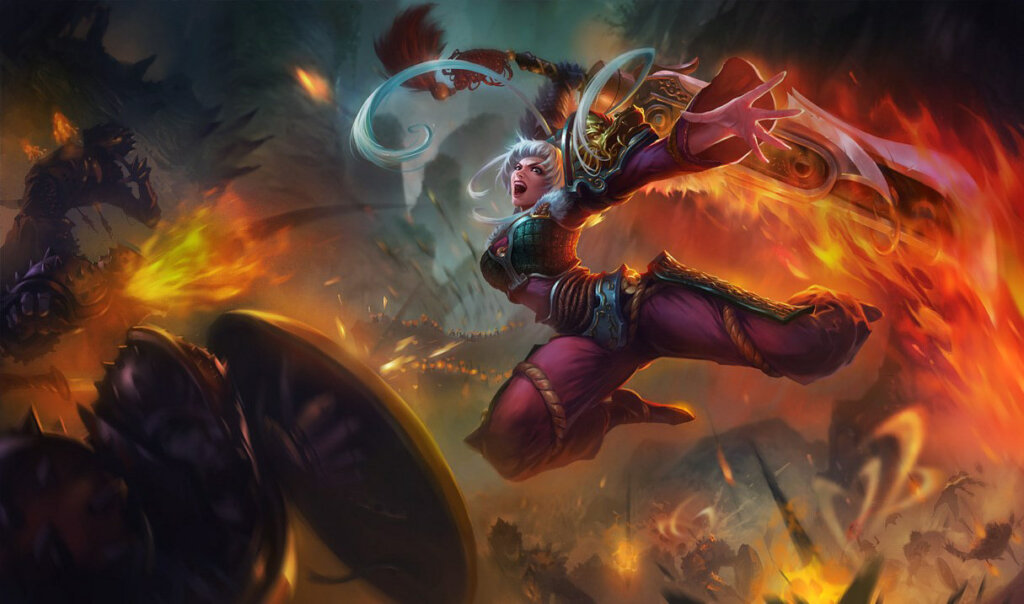
Dragonblade Riven’s design reflects the historical importance of dragons in Chinese culture. The dragon is an enduring symbol of power, strength, and wisdom. In Chinese mythology, dragons are seen as benevolent creatures that control water and weather, as opposed to the more aggressive, destructive dragons found in Western mythos. Riven’s Dragonblade skin captures this regal power, blending it with her already fierce martial prowess. The skin’s fiery design and dragon motif highlight the balance between destruction and control, echoing the duality seen in martial arts where strength must be balanced with discipline.
2. Lunar Revel Skins

Each year, Riot Games releases Lunar Revel skins in celebration of the Lunar New Year, drawing from various aspects of Chinese culture. Champions like Sett, Jinx, and Garen have all donned Lunar Revel skins, each showcasing traditional Chinese outfits, lion dance elements, and firecrackers. These skins are not only festive but also culturally symbolic, blending elements of celebration with the regal history of ancient China. The firecracker motif, for instance, symbolizes prosperity and the warding off of evil spirits, a nod to the Chinese New Year custom.
3. God Fist Lee Sin
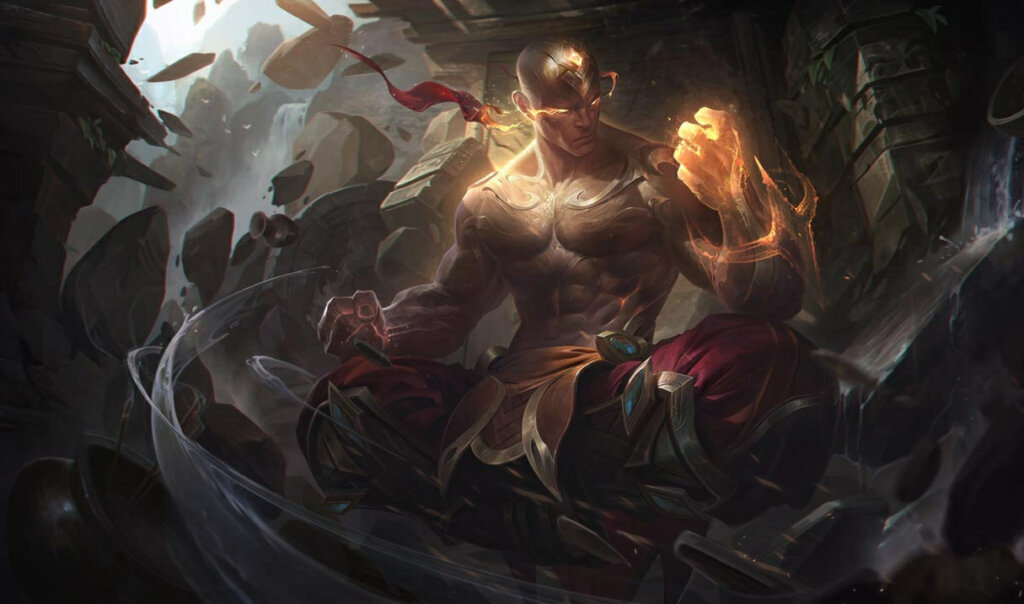
God Fist Lee Sin takes inspiration from the concept of enlightened martial artists in Chinese folklore who transcend their mortal limits to achieve godlike abilities. His glowing, radiant form, coupled with his swift and devastating martial arts, embodies the philosophy of Kung Fu mastery—achieving harmony between the body, mind, and spirit. The skin’s design also bears a resemblance to classic Chinese martial art movie icons, particularly the wuxia genre, where legendary martial artists achieve almost supernatural combat abilities through sheer willpower and training.
4. Romance of the Three Kingdoms
League of Legends has also paid homage to The Romance of the Three Kingdoms, one of China’s Four Great Classical Novels, through a series of skins. This epic tale of war, strategy, and intrigue during the late Eastern Han dynasty and the Three Kingdoms period has inspired numerous games, films, and art, and it has made its way into League of Legends through its champion skins.
In League of Legends, some champions are dressed in the likeness of legendary figures from this classic novel. These skins reflect the historical and cultural importance of the Three Kingdoms era, and each one highlights the power, cunning, and martial prowess of the novel’s famous characters.
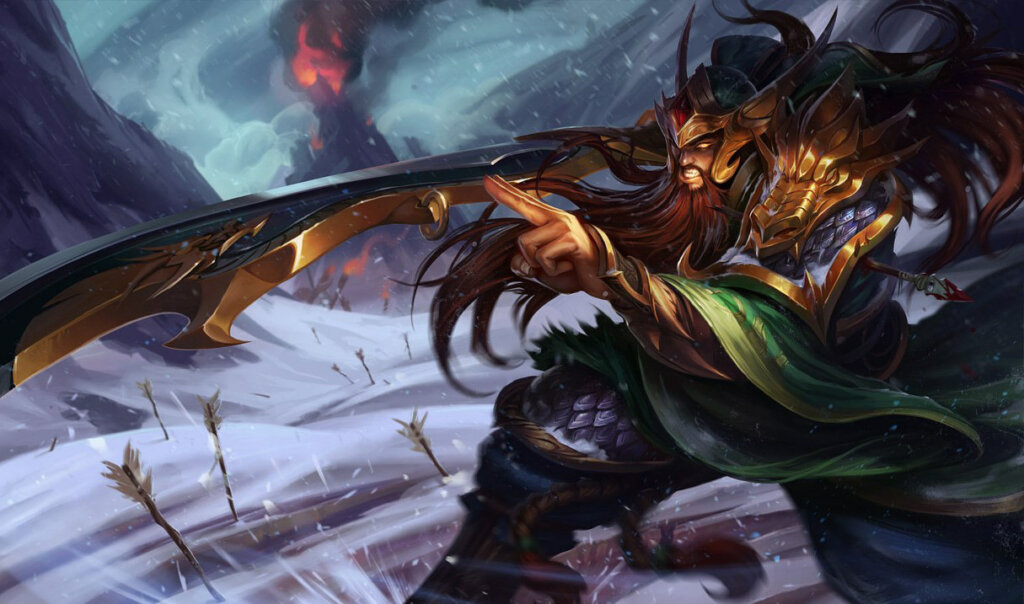
Tryndamere – Warring Kingdoms Tryndamere (Guan Yu)
Tryndamere takes on the role of Guan Yu, the legendary general known for his loyalty and martial prowess. In his Warring Kingdoms Tryndamere skin, he wields a massive blade reminiscent of Guan Yu’s famous Green Dragon Crescent Blade, capturing the essence of a warrior who was both feared and revered on the battlefield. Tryndamere’s in-game fighting style, relentless and unyielding, fits the portrayal of Guan Yu’s fearsome and honorable nature.
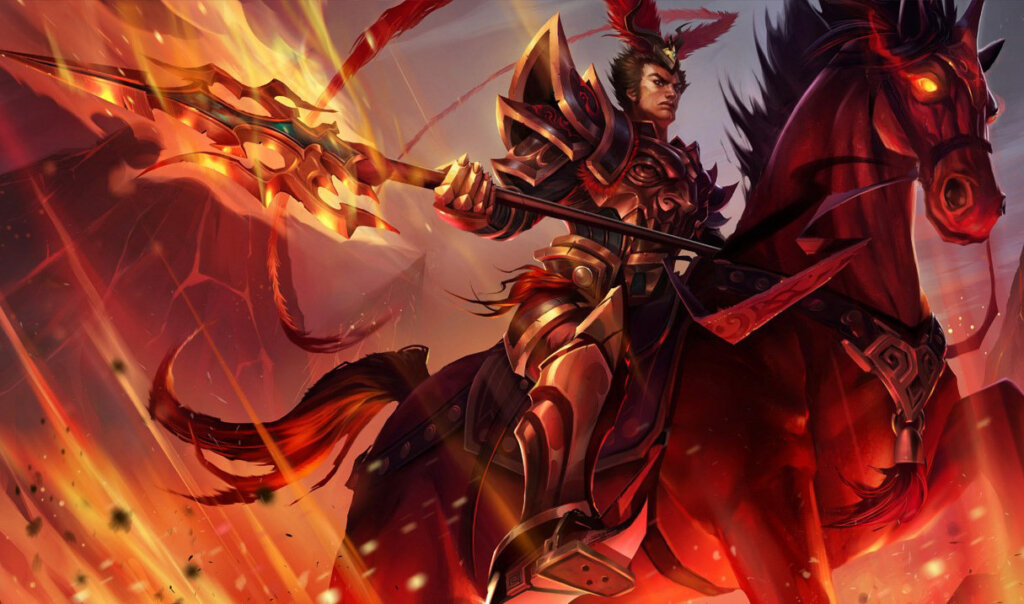
Jarvan IV – Warring Kingdoms Jarvan IV (Lü Bu)
Jarvan IV assumes the identity of Lü Bu, one of the most feared and formidable warriors in Romance of the Three Kingdoms. Lü Bu was known for his unmatched combat skills and strength, and the Warring Kingdoms Jarvan IV skin showcases Jarvan as the perfect representation of this powerful warrior. Jarvan’s commanding presence and spear techniques mirror Lü Bu’s dominance on the battlefield, making him an apt choice for this legendary figure.
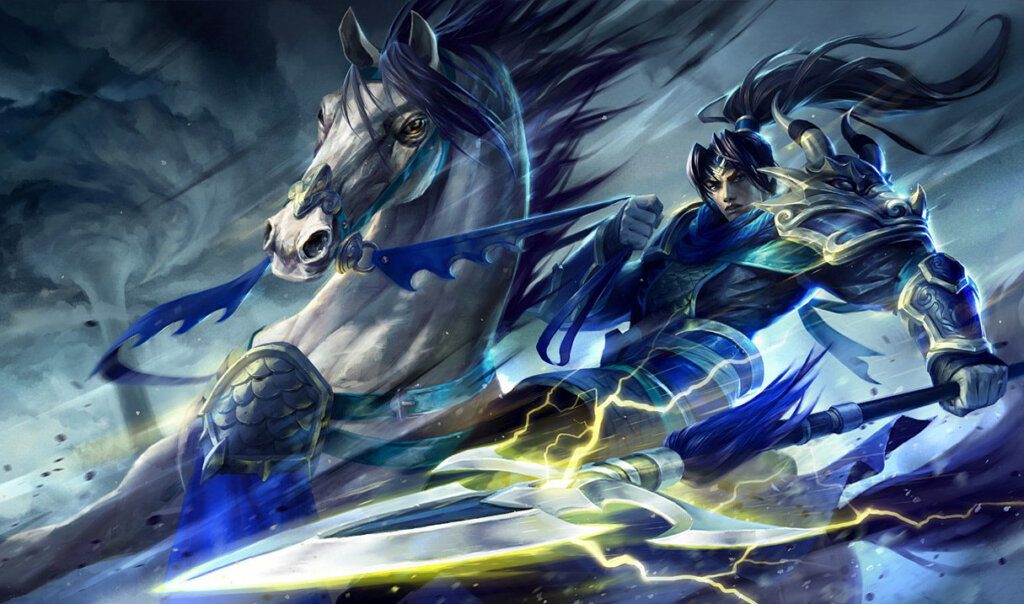
Xin Zhao – Warring Kingdoms Xin Zhao (Zhao Yun)
Xin Zhao represents the heroic general Zhao Yun, who was known for his courage, loyalty, and exceptional spear skills. In the Warring Kingdoms Xin Zhao skin, he embodies Zhao Yun’s valor and elegance in battle. Zhao Yun was one of the Five Tiger Generals under Liu Bei, and his reputation for defending his lord at all costs is reflected in Xin Zhao’s fearless charge into combat. His in-game abilities highlight the martial prowess that Zhao Yun was famous for.
Martial Arts and Combat Styles in League of Legends
League of Legends doesn’t just stop at superficial design when it comes to martial arts influences. The combat mechanics of certain champions clearly reflect principles from traditional Chinese martial arts, especially in terms of fluidity, speed, and precision.
1. Fluid Movements and Chi-like Abilities
Several champions exhibit moves that resemble the fluid, flowing techniques of Chinese martial arts, particularly Tai Chi. Champions like Irelia and Yasuo, while not explicitly Chinese in origin, showcase martial arts combat that involves fluid strikes, parries, and circular motions to manipulate the flow of combat. These techniques mirror Tai Chi’s emphasis on redirecting an opponent’s energy and using smooth, circular motions to neutralize attacks.
2. Focus on Speed and Agility
Kung Fu’s fast, agile movements are present in champions like Akali and Master Yi, who rely on speed and reflexes to defeat their opponents. Akali’s quick strikes and evasive abilities are akin to animal styles of Kung Fu, such as the Leopard or Snake styles, which focus on quick, precise strikes to vital points. Meanwhile, Master Yi’s high-speed swordplay resembles techniques from Chinese swordsmanship, emphasizing both speed and precision.
Literary and Philosophical Influences
League of Legends often weaves philosophical and literary influences from Chinese culture into its champions and lore, grounding the fantastical world of Runeterra in real-world cultural elements.
1. Wukong’s Journey to Enlightenment
As mentioned earlier, Wukong’s story is directly inspired by Journey to the West, one of the Four Great Classical Novels of Chinese literature. This epic tale follows the Monkey King’s path to enlightenment, as he overcomes personal flaws, gains wisdom, and ultimately serves a higher purpose. Wukong’s journey in League of Legends reflects similar themes, as he seeks to become a better warrior and prove himself, all while embracing his mischievous yet noble nature.
2. Buddhist and Taoist Themes in Karma
Karma is a champion who embodies balance, wisdom, and spiritual harmony. Her design and lore draw heavily from Buddhist and Taoist teachings. Her mantra abilities are reminiscent of Buddhist chants used in meditation, and her overall character philosophy emphasizes the importance of inner peace, balance, and self-awareness—core tenets of both Buddhism and Taoism. Karma’s journey reflects the Taoist principle of duality, balancing destruction and healing, reflecting the balance of yin and yang in the universe.
Conclusion
The influence of Chinese culture, history, and martial arts on League of Legends is profound, ranging from champion designs and skins to combat mechanics and philosophical underpinnings. Riot Games has drawn inspiration from centuries-old Chinese traditions, integrating these elements into a modern fantasy universe that resonates with a global audience. Champions like Wukong, Xin Zhao, and Lee Sin stand as testaments to the rich martial arts heritage of China, while skins and in-game events celebrate Chinese festivals and legends. As League of Legends continues to evolve, it’s likely that these cultural influences will remain a vibrant part of the game’s identity, continuing to enrich the world of Runeterra with the wisdom, philosophy, and artistry of Chinese culture.
